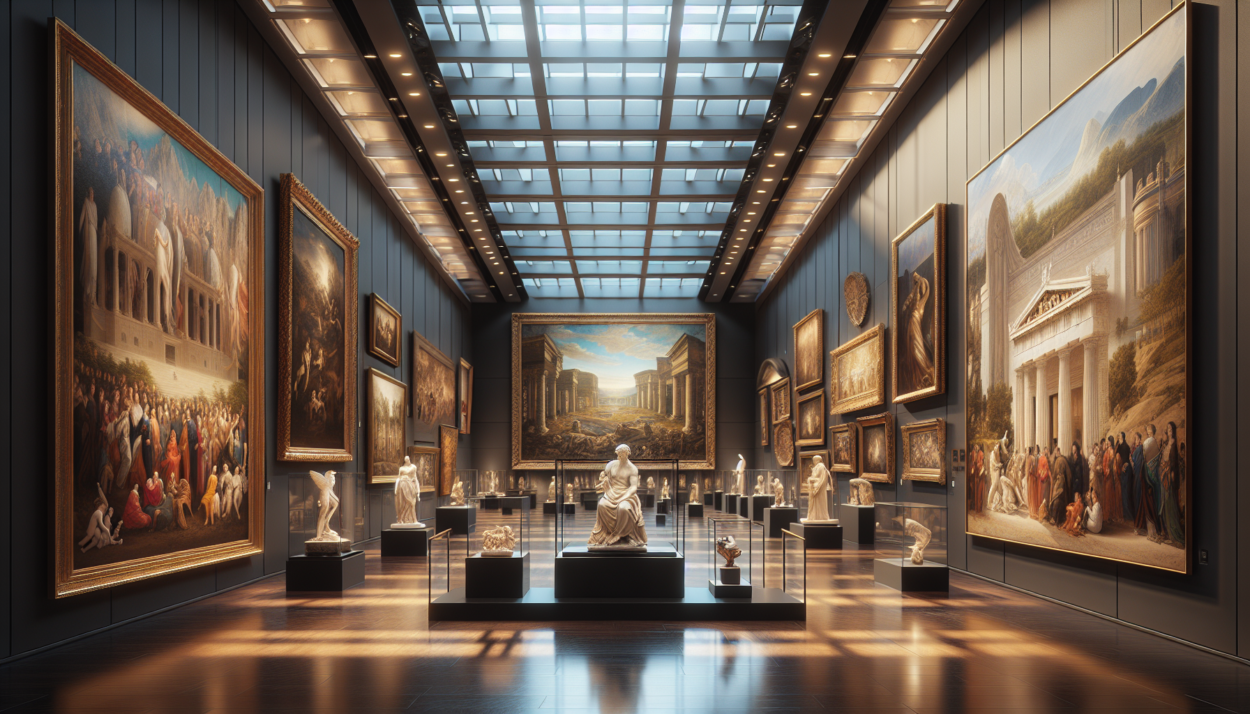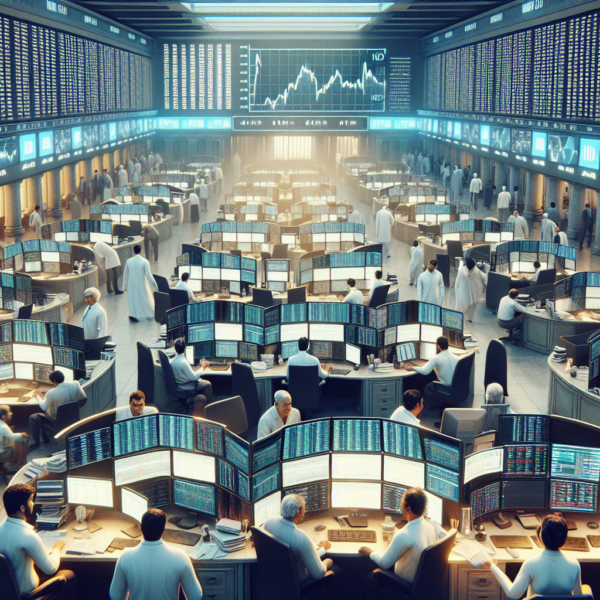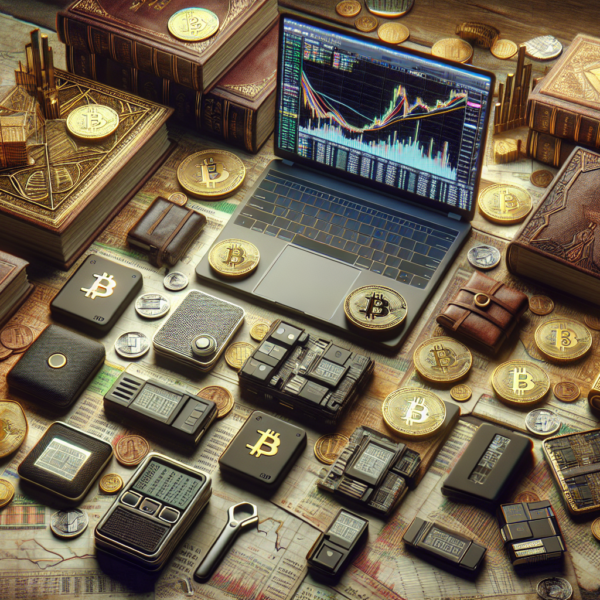Understanding the Art Market
Investing in art has gained significant popularity in recent years, with the art market demonstrating its potential as a valuable long-term asset. Despite market fluctuations, art has shown the ability to hold its value over time, offering stability and diversification to investment portfolios. In 2021, the art market experienced a remarkable 29% growth, reaching $65.1 billion in sales, according to the Art Basel and UBS Global Art Market Report.
To navigate the complex world of art investment successfully, it is essential to understand the different segments of the art market and the factors that influence the value of artworks. Passion and genuine interest in art can lead to valuable knowledge and prestige, enabling investors to make informed decisions and appreciate the cultural significance of their acquisitions.
Types of Art for Investment
The art market offers a diverse range of investment opportunities, catering to various preferences and risk appetites. Blue-chip art, which includes high-value works by established artists, is considered a relatively low-risk investment, albeit with a higher price point. These artworks have a proven track record of maintaining and appreciating in value over time.
On the other hand, emerging art, created by early-career artists, presents a higher risk but also the potential for significant returns. Identifying promising emerging artists requires extensive research and a keen eye for talent. Limited edition prints and multiples offer a more accessible entry point into the art market, with lower prices and the potential for value appreciation as the artist gains recognition.
Factors Influencing Art Value
Several key factors contribute to the value of an artwork. An artist’s reputation and market demand play a crucial role in determining the price of their works. Established artists with a strong exhibition history, critical acclaim, and a consistent track record of sales command higher prices in the market.
Art appraisal is another essential aspect of determining an artwork’s value. Professional appraisers consider various factors, such as the artist’s background, the artwork’s condition, provenance, and comparisons to similar works sold in the market. Obtaining an accurate appraisal is crucial for making informed investment decisions and ensuring fair market value.
The Role of Art Experts and Advisors
Navigating the art world can be overwhelming, especially for novice investors. This is where art experts and advisors come into play. These professionals possess extensive knowledge of the art market, including current trends, artist backgrounds, and investment strategies. They can provide valuable guidance in identifying investment-grade artworks and making strategic acquisition decisions.
Art advisors can also assist in conducting thorough research on artists, artworks, and market conditions. They have access to industry databases, auction records, and insider information that can help investors make well-informed decisions. Working with a trusted art advisor can greatly enhance the chances of success in art investment.
Methods of Investing in Art
The art market offers various methods for investors to acquire and benefit from artworks. Each approach comes with its own advantages and considerations, allowing investors to choose the most suitable option based on their financial goals, risk tolerance, and personal preferences.
One of the most traditional methods is buying individual artworks through galleries, auction houses, or private dealers. This approach allows investors to own a physical piece of art, which can provide both financial returns and personal enjoyment. However, it requires a significant upfront investment and involves additional costs such as insurance, storage, and maintenance.
Buying Individual Artworks
When buying individual artworks, investors have several options to explore. Art auction houses, such as Christie’s, Sotheby’s, and Bonhams, offer a wide range of historical and contemporary pieces. These auction houses provide a platform for competitive bidding and the opportunity to acquire highly sought-after works.
Art galleries are another avenue for purchasing individual artworks. Galleries often represent specific artists and offer a curated selection of their works. Building relationships with reputable galleries can provide access to exclusive opportunities and insights into emerging artists with potential for growth.
Fractional Ownership and Art Funds
For investors seeking a more accessible and diversified approach, fractional ownership and art funds have emerged as popular options. Platforms like Masterworks allow investors to purchase fractional shares of high-value artworks, enabling them to participate in the art market with a smaller investment.
Art funds, such as those offered by Yieldstreet, provide exposure to a curated portfolio of artworks. These funds are managed by experienced professionals who carefully select and manage the artworks on behalf of the investors. Art funds offer the benefits of diversification and professional management, reducing the risk and effort required by individual investors.
Investing in Digital Art and NFTs
The rise of digital art and non-fungible tokens (NFTs) has opened up new avenues for art investment. NFTs are unique digital assets that represent ownership of a specific artwork or collectible. They are stored on a blockchain, ensuring the authenticity and scarcity of the digital piece.
Investing in digital art and NFTs has gained significant attention, with some NFTs selling for millions of dollars. However, it is important to note that the NFT market is still relatively new and highly speculative. Investors should exercise caution and thoroughly research the artists, platforms, and market trends before investing in this space.
Benefits and Risks of Art Investment
Art investment offers a unique set of benefits and risks compared to traditional investment vehicles. Understanding these factors is crucial for making informed decisions and aligning art investment with overall financial goals.
One of the primary benefits of investing in art is the potential for high returns. Historically, certain segments of the art market have outperformed traditional asset classes, such as stocks and bonds. Blue-chip artworks, in particular, have demonstrated consistent appreciation over time, making them an attractive option for long-term wealth preservation.
Potential for High Returns and Portfolio Diversification
Art investment can also provide portfolio diversification, as the art market often behaves independently of other financial markets. During times of economic uncertainty or market volatility, art can serve as a hedge against inflation and a store of value. Diversifying a portion of an investment portfolio into art can help mitigate overall risk and enhance returns.
Moreover, investing in art offers the unique advantage of combining financial gains with personal enjoyment and cultural enrichment. Owning and appreciating artworks can bring a sense of fulfillment and prestige, as well as the opportunity to support and engage with the art community.
Challenges and Risks to Consider
While art investment presents attractive opportunities, it is important to acknowledge the challenges and risks involved. Art is an illiquid asset, meaning it cannot be easily converted into cash. Selling an artwork may take time and effort, and the value realized may be subject to market conditions and buyer preferences.
Additionally, owning physical artworks comes with responsibilities such as proper storage, insurance, and maintenance. These costs can add up over time and should be factored into the overall investment strategy. It is crucial to work with reputable art professionals and institutions to ensure the authenticity, provenance, and condition of the artworks.
Getting Started with Art Investment
Embarking on the journey of art investment requires careful planning and preparation. Whether you are a seasoned investor or new to the art world, taking a strategic approach can increase your chances of success and minimize potential pitfalls.
The first step in getting started with art investment is setting clear investment goals and determining your budget. Consider your financial objectives, risk tolerance, and time horizon. Are you looking for long-term capital appreciation, portfolio diversification, or a mix of both? Establishing a realistic budget will help narrow down your options and ensure that you invest within your means.
Setting Investment Goals and Budget
Once you have defined your investment goals and budget, thorough research and education are essential. Take the time to learn about the art market, its history, and current trends. Familiarize yourself with different art movements, styles, and artists. Attend art fairs, exhibitions, and auctions to gain exposure and develop your eye for quality and value.
Seeking the guidance of art professionals and advisors can be invaluable in navigating the complex world of art investment. These experts can provide insights into market trends, help identify promising artists, and offer advice on acquisition strategies. Building relationships with reputable galleries, dealers, and auction houses can also grant access to exclusive opportunities and valuable industry knowledge.
Researching and Educating Yourself
In addition to traditional methods of buying art, exploring online platforms and resources can expand your options and provide a wealth of information. Websites like Artsy, Artnet, and MyArtBroker offer extensive databases of artworks, artist profiles, and market data. These platforms can help you discover new artists, compare prices, and stay updated on the latest developments in the art world.
As you delve deeper into art investment, keep an open mind and be willing to learn. Attend educational workshops, join art investment communities, and engage with fellow collectors and enthusiasts. Continuously expanding your knowledge and network will enhance your ability to make informed decisions and seize opportunities in the dynamic art market.
Working with Art Professionals and Platforms
When working with art professionals and platforms, it is crucial to conduct due diligence and verify their reputation and expertise. Look for advisors and dealers with a proven track record and a deep understanding of the art market. Platforms like Masterworks and Yieldstreet, which offer fractional ownership and art funds, should be thoroughly researched to ensure their legitimacy and alignment with your investment goals.
Ultimately, successful art investment requires a combination of passion, knowledge, and strategic decision-making. By setting clear goals, conducting thorough research, and seeking expert guidance, you can navigate the art market with confidence and unlock the potential of this fascinating asset class.
Art Investment Trends and Outlook
The art market is constantly evolving, influenced by a range of factors including technological advancements, shifting collector preferences, and global economic conditions. Staying attuned to the latest trends and outlook is essential for investors seeking to capitalize on opportunities and mitigate potential risks.
One of the most significant trends shaping the art investment landscape is the impact of technology. The rise of online art platforms and marketplaces has revolutionized the way art is bought, sold, and discovered. These digital platforms offer increased transparency, accessibility, and global reach, enabling collectors to explore a vast array of artworks from the comfort of their own homes.
The Impact of Technology on Art Investment
The integration of blockchain technology into the art world has also gained traction, particularly in the realm of digital art and NFTs. Blockchain provides a secure and transparent record of ownership and provenance, reducing the risk of fraud and enhancing the liquidity of digital assets. As the NFT market continues to mature, it presents new opportunities for investors to diversify their portfolios and participate in the growth of this emerging asset class.
Another notable trend is the increasing focus on sustainability and social impact in the art world. Collectors and investors are increasingly prioritizing artworks and initiatives that address pressing social and environmental issues. This trend reflects a growing awareness of the role that art can play in driving positive change and shaping cultural narratives.
The Future of Art as an Asset Class
Looking ahead, the art market is poised for continued growth and evolution. As more investors recognize the potential of art as an alternative asset class, the market is likely to see increased liquidity and institutional participation. The development of specialized art investment vehicles, such as art funds and fractional ownership platforms, will further democratize access to this historically exclusive market.
However, investors must also remain cautious and informed about the risks and challenges inherent in the art market. Regulatory developments, geopolitical uncertainties, and shifts in consumer behavior can all impact the value and demand for certain artworks. Maintaining a long-term perspective, diversifying investments, and seeking expert guidance will be crucial for navigating the complex and dynamic nature of the art market.
In conclusion, the art investment landscape offers a compelling mix of financial opportunity, cultural significance, and personal fulfillment. By staying informed about market trends, embracing technological innovations, and aligning investments with personal values and financial goals, investors can successfully navigate this exciting and ever-evolving asset class. As the art world continues to adapt and innovate, those who approach art investment with a strategic and informed mindset will be well-positioned to reap the rewards of this unique and enduring market.
See also:
- How to Invest in NFT: A Comprehensive Guide
- The Rise of Card Issuing Platforms: How Fintechs are Revolutionizing the Payment Industry
- How to Invest in Web3: A Comprehensive Guide for Beginners
- How to Invest in Bitcoin and Make Money: A Comprehensive Guide
- How to Invest in Wine: A Beginner’s Guide to Getting Started




Leave a Comment